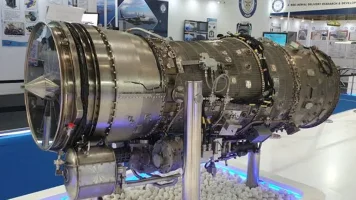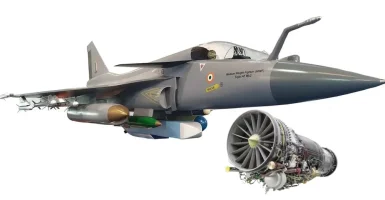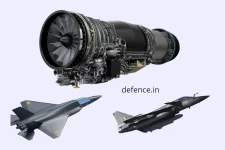- Views: 3K
- Replies: 11
India's ambitious Tejas Mk2 fighter jet program is adopting an innovative strategy to ensure its rapid induction into the Indian Air Force (IAF), addressing the critical need to modernise the nation's combat fleet.
In a significant policy shift, the IAF will take the lead in certifying and integrating advanced weapons onto the platform after it enters service, a move designed to fast-track its operational deployment.
The development of the Tejas Mk2, a more powerful and technologically advanced successor to the Tejas Mk1A, is driven by the IAF's urgent requirement to arrest the decline in its squadron strength.
The air force currently operates around 31 fighter squadrons against a sanctioned strength of 42, making the swift introduction of new aircraft a national security priority.
With the first flight of the Mk2 prototype scheduled for late 2025 or early 2026 and squadron induction planned to begin by 2030, the traditional, lengthy process of certifying a full weapons package before delivery is not feasible.
This new approach marks a departure from the procedure followed for the Tejas Mk1A, where Hindustan Aeronautics Limited (HAL), the manufacturer, was primarily responsible for weapons integration before handing the aircraft over.
For the Mk2, the fighter will be inducted with a core set of essential armaments. The IAF, through its specialised units like the Aircraft and Systems Testing Establishment (ASTE), will then progressively test, certify, and integrate a wider array of sophisticated munitions throughout the aircraft's service life.
Initially, the Tejas Mk2 is expected to enter service equipped with a formidable baseline suite of indigenous weapons.
This package will likely include the 'Astra' series of beyond-visual-range air-to-air missiles, the 'Rudram' anti-radiation missile designed to destroy enemy radar installations, and precision-guided munitions like the Sudarshan laser-guided bomb.
These will be integrated with the aircraft’s advanced systems, including an indigenous Active Electronically Scanned Array (AESA) radar and a powerful General Electric F414 engine, ensuring potent multi-role capability from day one.
A crucial aspect of this strategy is the IAF's direct involvement in developing the software required for weapons integration.
Air Force personnel will write and validate the software modules for the aircraft's mission and stores management computers. This hands-on approach not only speeds up the integration of new weapons but also builds invaluable technical expertise within the IAF, reducing long-term dependence on foreign vendors and the original manufacturer for future upgrades.
This pragmatic strategy offers several advantages. It allows the IAF to induct a capable platform much sooner, plugging operational gaps while retaining the flexibility to adapt the aircraft to future threats by adding newer weapons as they are developed.
It also streamlines the development process, allowing HAL and the Defence Research and Development Organisation (DRDO) to concentrate on manufacturing and perfecting the core airframe and its systems.
However, this accelerated model presents unique challenges. It demands significant technical expertise, advanced testing infrastructure, and seamless coordination between the IAF, HAL, and various DRDO laboratories.
The IAF must ensure that the initial weapons package is robust enough to make the Tejas Mk2 a credible combat asset upon its introduction, effectively balancing the need for speed with the imperative of operational readiness.



